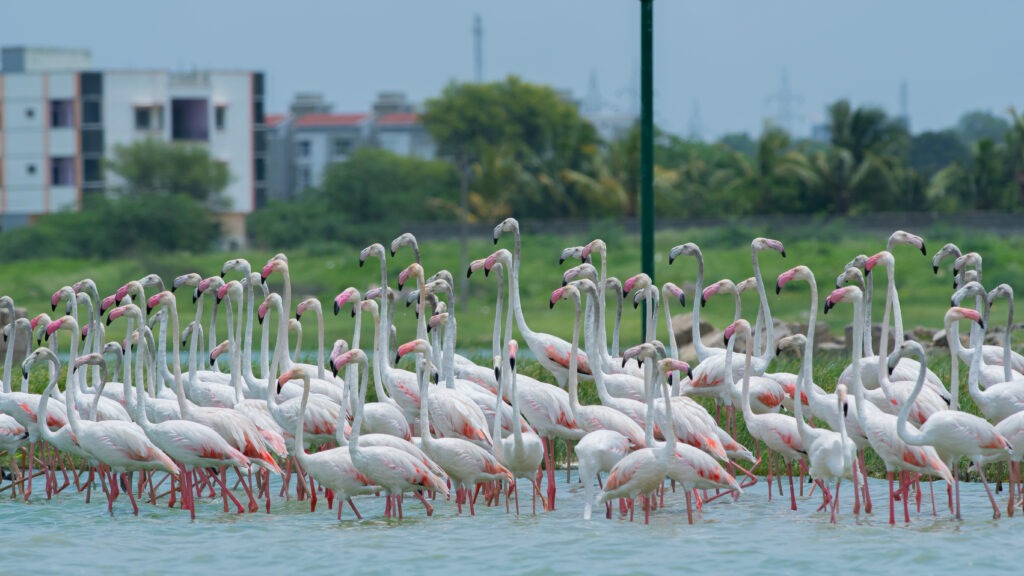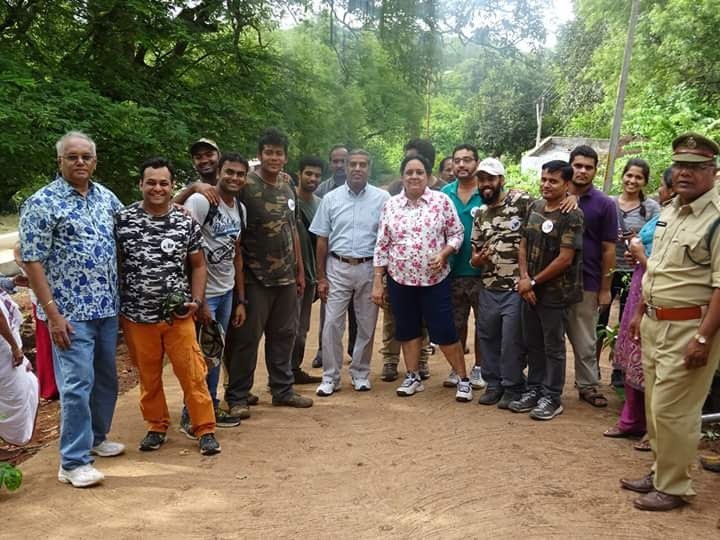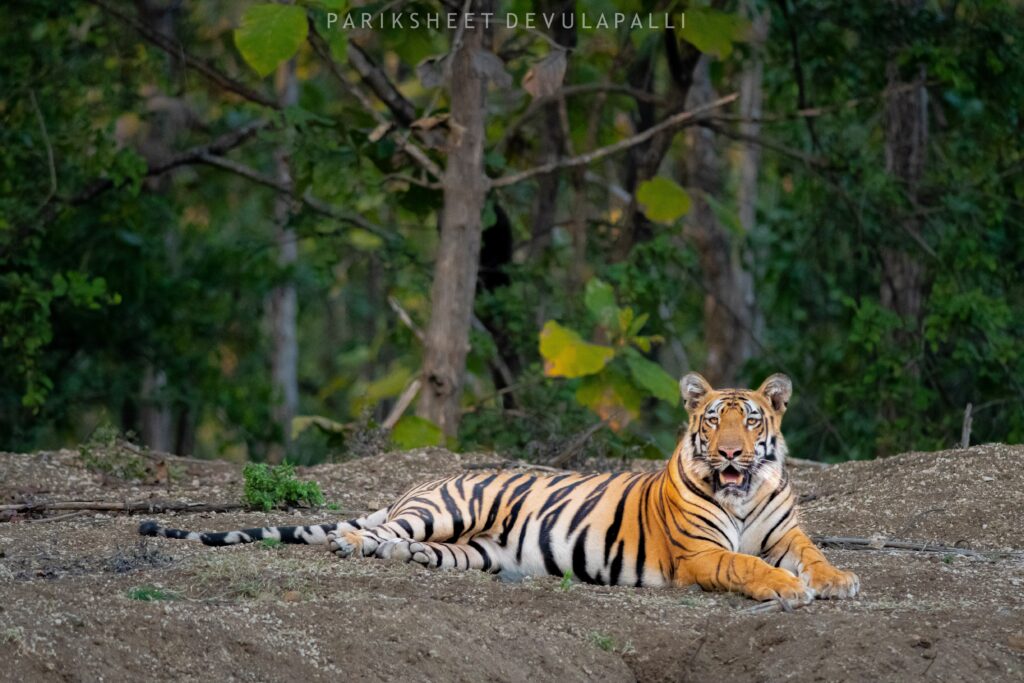INDIA. Hyderabad. On September 18th Telangana High Court (HC) resumes a public interest litigation case concerning the protection of Ameenpur lake, located on the city’s edge. This area is protected as a biodiversity heritage site, unique recognition in India, since 2016. Nevertheless, encroachment, poaching, and other illicit human activities have continued unimpeded. At least according to local associations and the National Green Tribunal of India.
In fact, in January 2020 the National Green Tribunal requested Somer Kumash, current Telangana State Chief Secretary, to specify measures taken so far to impede encroachment. In August, the Telangana HC requested the government to issue a report on undertaken sanctions to encroachers. It also requested the establishment of the full tank level (FTL) and buffer zone area, paramount to the effective protection of the lake and adjacent areas. In fact, the government established in 2016 there could be no construction within 30 meters of the buffer zone. Unless limits are clearly set, sanctions cannot be implemented.
And so buildings kept rising where they should not and the site’s resources drained by poachers and polluting industries. To define an area as a biodiversity site is important for both protection and visibility. It remains highly inefficient if there is no actual enforcement of sanctions. Concerns were rapidly raised about the effectiveness of the protection accorded to the area. If the governments who establish environmental policies do not enforce them, who can?
Civil society’s role in protecting the lake
Ameenpur lake is a rare place indeed. Next to a densely populated city, it is home to more than 189 resident and migratory bird species such as flamingos, cormorants, herons, and kingfishers. Although the lake was man-made over 300 years ago, Its natural biodiversity is an attraction for bird watchers and nature lovers. Protecting the land, limiting construction, stopping garbage dumping, and water discharge, are key to protect biodiversity and hence ecosystems. And this, especially during a climate crisis, is paramount to protect our communities.

But this story is not so much about the missing enforcement of necessary environmental measures. It is really a story about compassion, care, and perseverance.
Read also The New EU CAP Leaves Agroecology and Rural Development Behind
If Telangana HC took an interest in protecting the lake in the first place was thanks to civil society. Bird watchers and nature lovers documented illicit practices, launched cleaning initiatives, and involved the authorities. Pariksheet Devulapalli, a former Hyderabad Birding Pals member, talks to Transcontinental Times about this process and about wildlife photography’s benefits.
Wildlife photography teaches compassion
“I call myself a nature enthusiast. I dedicate my spare time to wildlife. To take pictures of animals you need compassion for both animals and people.” Pariksheet is an IT engineer who lives in Hyderabad. He unleashed his passion for wildlife photography during a visit to a tiger reserve soon after he started working. Since then, he travels to different sites to take pictures of this animal. And since there are no wild tigers in Hyderabad, he also photographs birds by the Ameenpur lake. There he met fellow enthusiasts, Hyderabad Birding Pals and Friends of Flora and Fauna.


Birders and photographers observe. And the patient observation of their environment led them to discover illegal activities. They saw how industries reversed their polluting discharges into the lake, spotted poachers, encroachment, and garbage dumping.
They realized that if they wanted to protect their ecosystem, they needed the entire ecosystem involved. So they involved Tejdeep Kaur Menon, head of Telangana Special Protection Force, to effectively bring their voice to the government. Together they managed in 2016 to set a unique precedent in India: a biodiversity heritage site right next to a city of almost 7 million people.
A persistent kind of love
Hyderabad Birding Pals are still pursuing lake protection. They opened the public interest litigation case resumed on September 18th. It seems that taking the time to patiently observe made them also love what they were looking at. And theirs is a persistent kind of love.
It is important to officially protect land to avoid abusive urbanization. This is one of the reasons why tiger reserves are necessary too. There are currently over fifty in India, and as Pariksheet explains: “protecting an apex predator you protect the entire ecosystem.” In his words, the entire ecosystem refers to the animals, the land, and the people.


Albeit Pariksheet talks very humbly about his role in this process, he and fellow birders are nevertheless an example of what personal motivation can set in motion. Theirs is a story about commitment: to observe the surrounding ecosystem, to spot needs, to protect biodiversity. As Pariksheet says: “First we observe the issues, then we solve them.”
From compassion comes nature protection
“Photography spreads a message about this beautiful animal (the tiger), and this is my contribution. More and more people are taking pictures of migratory birds and turning to birding because they are fed up with urban life. Observation makes compassion, and from compassion comes nature conservation.”
If a patient observation has these benefits, then we might want to follow Pariksheet’s example and look around us. We might then relate to the animals, to the land, and to the people more compassionately.




Comments are closed.